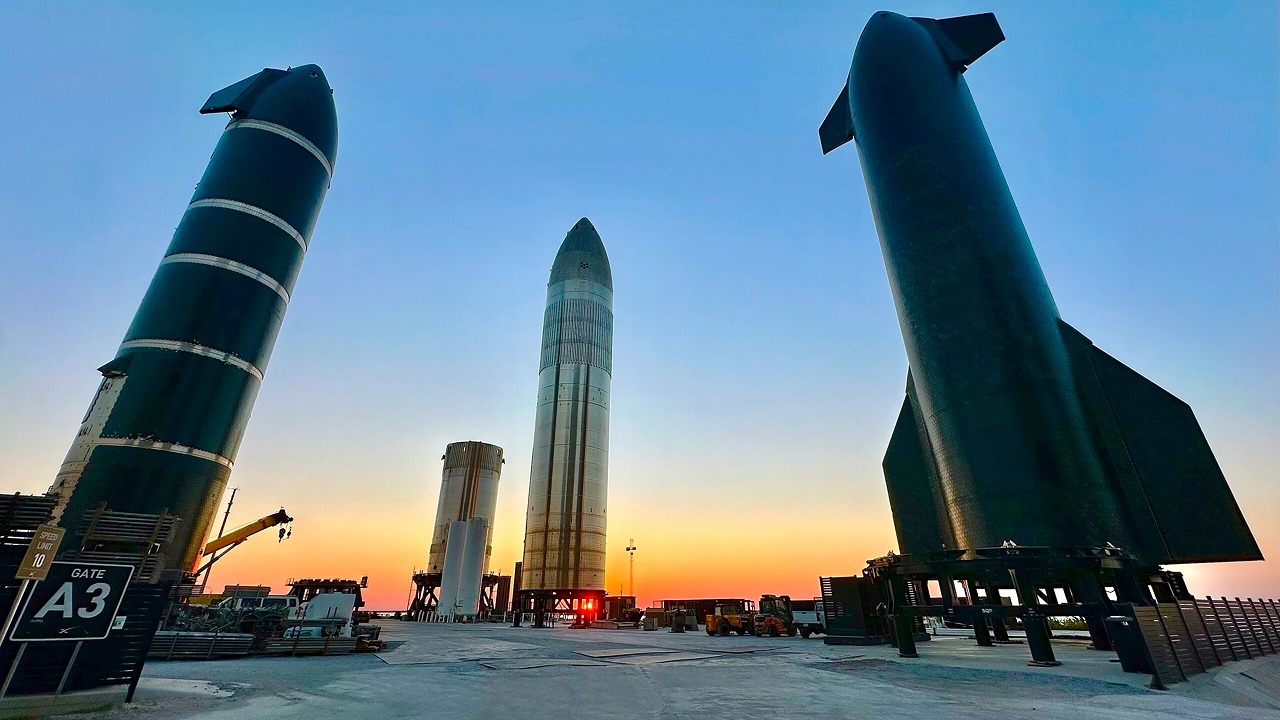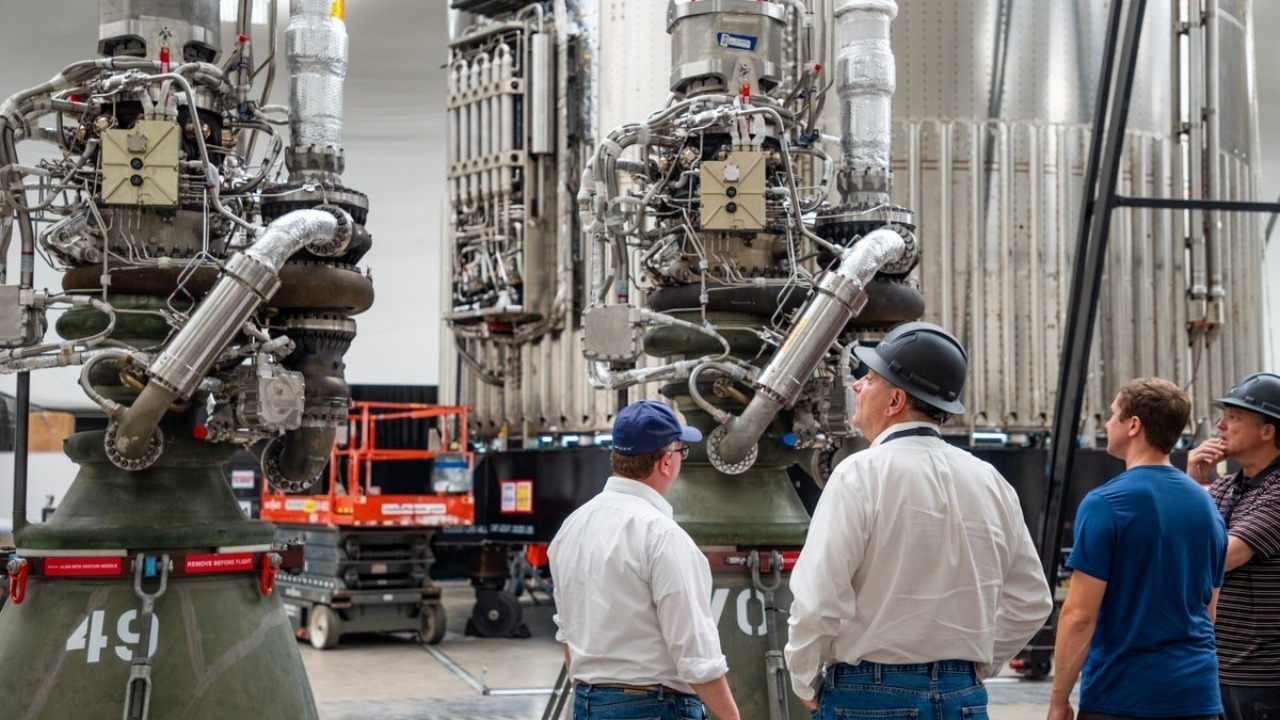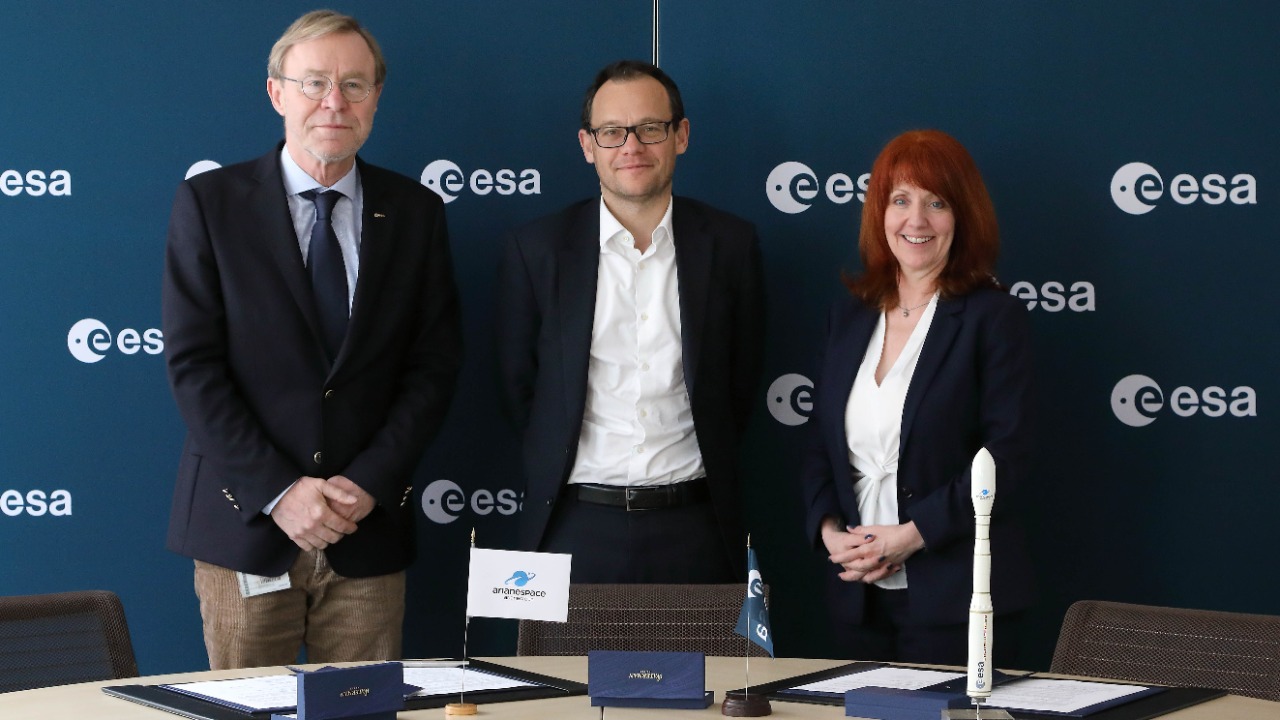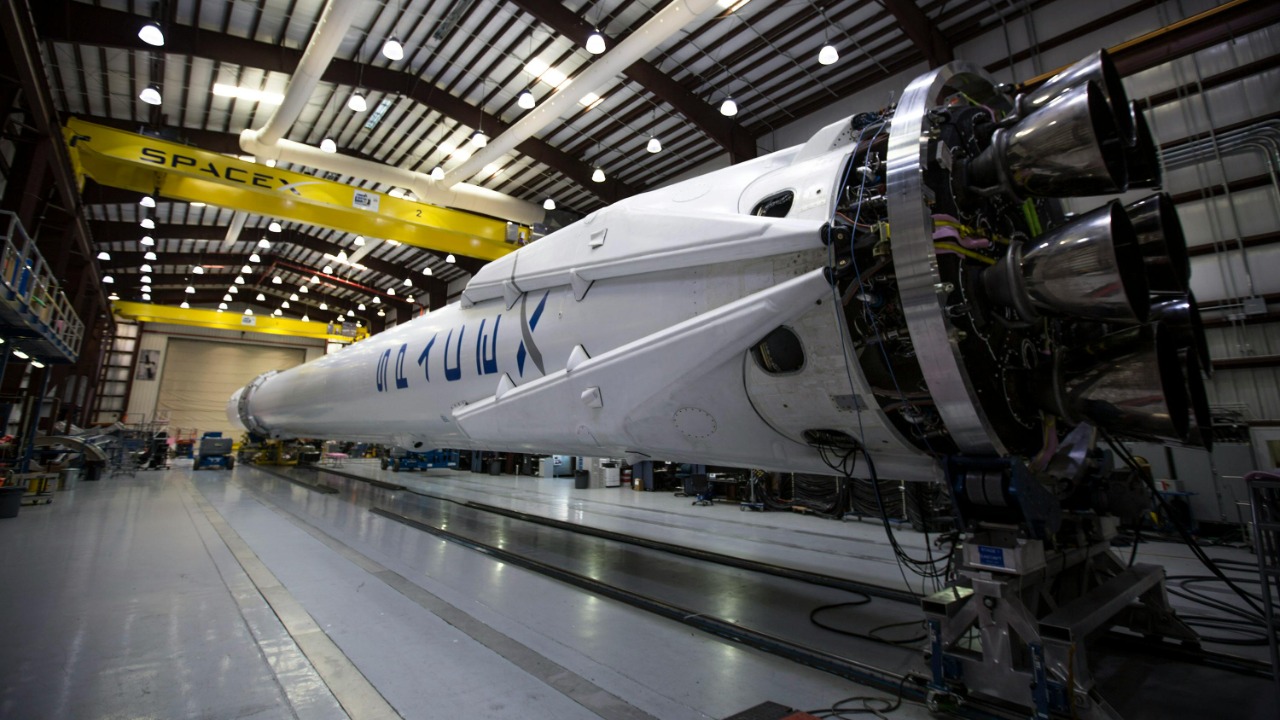
The advent of SpaceX’s Starship presents new possibilities for space exploration, particularly in establishing humanity’s first moon base. As the world looks to the stars for future colonization, the potential of Starship to revolutionize lunar missions is immense. This initiative will require collaborative global efforts to turn this dream into reality, marking a significant milestone in space exploration.
The Role of SpaceX Starship in Lunar Exploration

Starship’s Advanced Capabilities
SpaceX’s Starship is setting a new standard with its advanced capabilities, particularly its reusable design and immense payload capacity. These features are crucial for sustained lunar missions, enabling the transportation of significant amounts of equipment, materials, and personnel to the moon. The Starship is designed to carry over 100 metric tons of cargo, making it an ideal choice for establishing a permanent presence on the lunar surface. Its reusability not only reduces costs but also increases the frequency of missions, allowing for a continuous supply chain essential for building and maintaining a moon base.
Comparison with Previous Lunar Missions
Unlike the Apollo missions, which were limited by technology and budget constraints, Starship offers a modern approach to lunar exploration. The Apollo missions were about short-term exploration, with brief stays on the lunar surface. In contrast, Starship is designed for long-term habitation, with the goal of creating a sustainable human presence. This shift in mission strategy is crucial for the future of space exploration, as it focuses on establishing a base that can serve as a stepping stone for further exploration of the solar system.
Partnerships and Collaborations
The success of lunar exploration hinges on partnerships and collaborations. SpaceX has teamed up with NASA and other international space agencies to leverage their combined expertise and resources. NASA’s Artemis program, which aims to return humans to the moon, is heavily reliant on SpaceX’s technology. Furthermore, partnerships with agencies such as ESA and JAXA demonstrate a global commitment to lunar exploration, pooling resources and knowledge to overcome the challenges of establishing a moon base.
Designing the First Moon Base

Infrastructure and Habitats
Designing the first moon base involves creating infrastructure and habitats that can withstand the harsh lunar environment. Proposed designs include modular habitats that can be easily transported and assembled on the moon. These habitats must protect inhabitants from extreme temperatures, radiation, and micrometeorite impacts. Innovative technologies, such as 3D printing, are being explored to construct habitats using lunar regolith, which would significantly reduce the need to transport materials from Earth.
Resource Utilization
Sustainability is a key consideration for the moon base, and in-situ resource utilization (ISRU) plays a vital role. Extracting resources like water ice from the lunar surface is essential for producing oxygen and fuel. This capability would not only support the moon base but also reduce reliance on Earth-based supplies. Technologies are being developed to process lunar materials into usable resources, a crucial step toward a self-sustaining lunar colony.
Technological Innovations
Building a moon base requires cutting-edge technologies. Autonomous construction robots and 3D printing are at the forefront of this innovation. These technologies allow for efficient construction and maintenance of lunar habitats, reducing the need for human intervention in hazardous environments. The ability to print structures using local materials represents a significant advancement in space colonization technology.
International Efforts and Contributions

Global Partnerships
Establishing a moon base is a global effort, with contributions from various international space agencies. The European Space Agency (ESA), for example, is actively involved in the development of key technologies and infrastructure. Collaborative efforts ensure that expertise and resources are shared, facilitating the successful establishment of a lunar base. The exchange of ideas and technology between nations is crucial for overcoming the challenges of lunar colonization.
The Lunar Gateway
The Lunar Gateway is a pivotal component of the moon base project. Serving as a staging point and living space for astronauts, the Gateway facilitates travel to and from the lunar surface. It supports long-term missions by providing vital infrastructure for research and habitation. The Gateway exemplifies international collaboration, with contributions from NASA, ESA, and other space agencies, showcasing a united front in the quest for lunar exploration.
Cultural and Scientific Benefits
Establishing a permanent human presence on the moon promises significant cultural and scientific benefits. Scientifically, a moon base would offer unprecedented opportunities for research in fields such as astrophysics, geology, and biology. Culturally, the moon base symbolizes human ingenuity and the spirit of exploration, inspiring future generations to push the boundaries of what is possible. The potential discoveries and advancements stemming from this endeavor could have profound implications for life on Earth.
Challenges and Solutions

Environmental and Logistical Challenges
The moon’s environment presents numerous challenges, including radiation, extreme temperatures, and a lack of atmosphere. Solutions to these challenges include developing protective habitats and radiation shielding. Logistically, transporting materials and personnel to the moon requires meticulous planning and coordination. SpaceX’s Starship, with its large payload capacity, plays a crucial role in addressing these logistical challenges, enabling efficient transport of essential supplies.
Funding and Political Will
The financial aspects of the moon base project are significant, requiring substantial investment from governments and private entities. Sustained political support is crucial for securing the necessary funding and resources. The collaboration between nations and the involvement of private companies highlight the shared commitment to realizing this vision. Political will is essential for maintaining momentum and ensuring the project’s success.
Ethical and Legal Considerations
Lunar colonization raises ethical and legal questions that must be addressed. The legal framework governing extraterrestrial settlements, such as the Outer Space Treaty, provides guidelines for the responsible use of space resources. Ethical considerations include the impact of human activity on the lunar environment and the equitable distribution of benefits. Addressing these issues is crucial for ensuring that lunar colonization is conducted responsibly and sustainably.
Future Prospects and Vision

Long-term Goals
The long-term vision for lunar colonization includes the development of a self-sustaining lunar economy. By harnessing lunar resources and developing technologies for sustainable living, the moon base could become a hub for scientific research and commercial activities. This vision extends to the potential for further space exploration, with the moon serving as a launch point for missions to Mars and beyond.
Impact on Humanity’s Space Exploration
The establishment of a moon base is a significant milestone in humanity’s journey into space. It serves as a stepping stone for future missions, enabling deeper exploration of the solar system. The knowledge and experience gained from lunar colonization will be invaluable for planning missions to Mars and other celestial bodies. The moon base represents a new era of space exploration, with the potential to unlock the mysteries of the universe.
Inspiring the Next Generation
The moon base project has the power to inspire the next generation of scientists, engineers, and explorers. By demonstrating the possibilities of space exploration, it encourages young people to pursue careers in science and technology. The project showcases human ingenuity and the spirit of exploration, motivating future generations to continue pushing the boundaries of human potential. The moon base symbolizes a bright future for humanity, offering hope and inspiration for a new era of discovery.